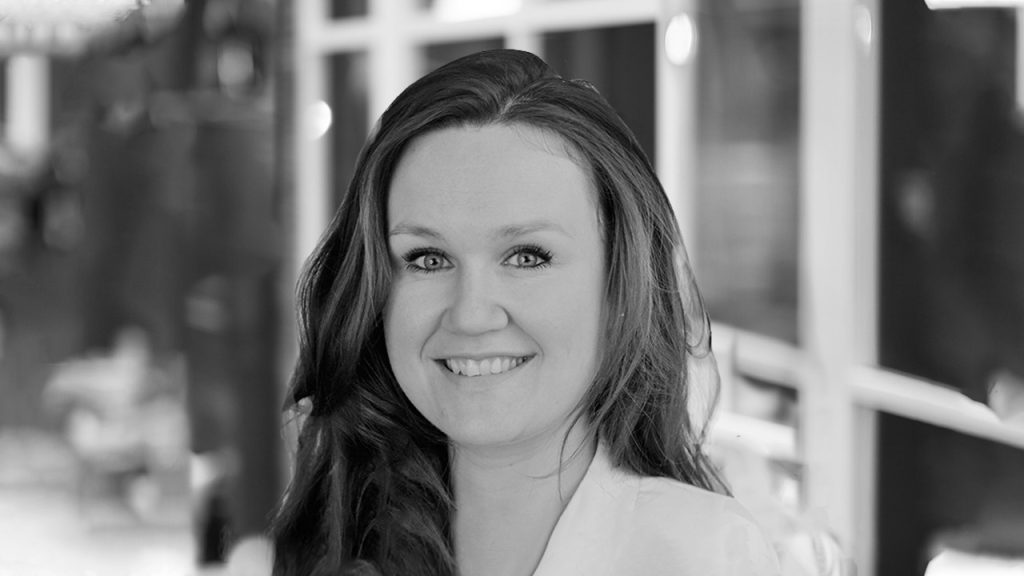




Change Management Tips for 2024 from the Afiniti Partners
As another busy year of change engagements ends, and next year’s projects are planned and kicked off, we asked Afiniti partners to reflect on the last 12 months and share their personal change management tips for 2024.
Whether you’re a senior leader or any other type of change driver, read on for our advice on achieving change success in the New Year.
And, for a broader preview of the trends and influences that will shape projects in 2024, read this recent insight to get the inside scoop.

Sarah Matthews, Partner & Managing Consultant
Be comfortable not having all the answers.
We see it all the time; leaders think they need to know all the answers to keep their people happy and their change on track, which can actually hamper the transparency and quality of communication.
When you think about it, the very nature of change is that you’re evolving into something new, so the answers will eventually and inevitably come as part of that process.
What’s important is to communicate honestly and transparently with your people at all times, even if you don’t have all the answers. That will make it easier to bring them on the change journey with you, which gives them confidence in your project. And in turn, you can leverage their expertise to help you work out those answers you need more quickly.

Gill Hughes, Partner & ERP Business Lead
Focus on holistic change management.
The sum is greater than the individual parts, and change management isn’t just training or comms; it’s the combined effort of training, comms, engagement, learning, analysis, measurement and sponsorship, among many other things.
If you just focus on one or two of these, you’re missing a huge opportunity. Your people need to be brought on your journey, so you should conduct a change analysis and use this as the foundation for a holistic change strategy focused on your people. You will stand a much greater chance of your change being adopted and embedded!
I’d also recommend using ADKAR. We’re often called upon when change fails, and it’s usually down to one of the ADKAR phases being missed. You can’t have Desire without Awareness, and if you fail to build those, you’re going to struggle to get people engaged enough to want to adopt the new skills or mindset needed to change. Ensure all phases of ADKAR are covered to maximise the likelihood that your change will stick.

Lorna Tarrant, Partner & Creative Director
Get visually creative with your change.
Creativity underpins all of our change work at Afiniti, because using creative approaches and interventions to engage people during the change journey can have a major positive influence on the way they respond.
This often starts with developing a rich visual identity and theme that represents the narrative of the change, but understanding your people first is really key to inform the creative process, as it ensures your messaging will visually resonate and appeal to them.
Creativity gives your project a distinct, impactful look and feel that, when applied consistently to your communications, helps to get your messages seen and drive action.
Other creative techniques, like rich pictures and infographics, can help to present complex concepts and processes in more digestible ways while making the subjects more fun and engaging.

Anthony Edwards, Partner & Principal Consultant
Stay curious.
Change is happening so quickly at the moment, but there are always innovations and opportunities emerging that can help you achieve your goals, so don’t stop looking for these.
The obvious one is AI. If you’re involved in change, your curiosity should be around how it can support your people, rather than replace them. The right tools should free teams up to focus on what adds value to your organisation. Start with the end in mind in terms of what you’re looking to get out of a new solution, then explore how it can empower your people to help you get there.

Emma Roberts, Partner
Data isn’t just about the data.
Whether it’s rolling out a new tech solution, responding to regulatory changes or driving growth, high-quality data is critical to making your change happen.
But data maturity doesn’t just refer to the cold, hard facts and figures. It also involves the people and the processes that generate that data, so you need to make it as easy as possible for your employees to manage it.
Don’t lose sight of people being the most important asset in your data space. Give me a call about our data maturity change model if you’d like support in this area.

Corrina Jorgensen, Senior Partner
Make the time to find and tell the story of your change.
Specifically, find the fun, engaging part, because this helps to bring the change to life across your organisation.
In addition, make sure you have advocates for your change who understand its story and can translate it effectively to other teams.
The single biggest positive impact on change is having a compelling story and passionate people who can tell it.
We hope you find these change management tips practical and helpful and wish you all the best for your change efforts in 2024. If you need support with any aspect of your change, please do get in touch and one of our partners would be happy to learn about your project and people.
To get the latest change tips, advice and guidance directly to your inbox, sign up to our monthly Business Change Digest.
